Search by posts
Calendar
Product Categories
Industry News
 By Admin
By Admin
Why has the pneumatic drill gun become the "performance choice" for high-intensity drilling operations?
In industrial manufacturing, metal processing, construction and other scenarios with extremely high requirements for drilling efficiency and precision, pneumatic drill guns are gradually replacing traditional electric drills and becoming the first choice for craftsmen and technicians. Compared with electric tools, pneumatic drill guns rely on compressed air to drive, with more stable output and more reliable performance. So, what are its advantages that can stand out among many tools? This article will deeply interpret the advantages of pneumatic drill guns from three dimensions: power performance, environmental adaptability and structural durability.
In the face of high-intensity operations, why does the pneumatic drill gun "get more powerful the more it drills"?
The biggest highlight of the pneumatic drill gun is its excellent power output capacity. Driven by a compressed air system, it is more handy when handling high-torque and high-frequency drilling tasks. Traditional electric drills often have problems such as power attenuation and heat generation during continuous operation, while the pneumatic system can continuously and stably output, without fear of long-term operation, greatly improving work efficiency.
In the metal processing industry, when facing hard materials such as stainless steel and cast iron, pneumatic drill guns can complete large-scale drilling tasks in a short time with their high speed and strong torque, significantly shortening the operation time. For example, its high-speed operation characteristics can reduce the friction pause between the drill bit and the material, improve drilling accuracy, and reduce the risk of thermal deformation.
Not only that, for working environments that require frequent drilling, such as automobile maintenance, shipbuilding, and mechanical assembly, pneumatic drill guns can be used with a variety of drill bits to achieve rapid cutting on a variety of materials, and the efficiency improvement is particularly obvious.
In high-temperature and harsh environments, how can pneumatic drill guns "play stably"?
Compared with electric drill tools, pneumatic drill guns show higher stability in complex working conditions such as high temperature, humidity, and dense dust. Because it does not rely on electrical components, it will not be damaged by overheating of the motor in a high-temperature environment, greatly reducing the failure rate. Therefore, in high-temperature work sites such as steel smelting, foundries, and welding workshops, pneumatic drill guns are widely used due to their "natural heat resistance" advantages.
In dusty environments, dust easily accumulates inside power tools, causing short circuits or mechanical jams. Pneumatic drills are more compact, avoiding circuit aging and poor heat dissipation. They can output stably and be used for a long time even in cement plants, mines, tunnel construction and other environments.
Pneumatic drills also have explosion-proof properties and are not prone to generating electric sparks. Therefore, they are widely used in flammable and explosive places (such as oil and gas stations and chemical plants). This safety is unmatched by power tools.
Why are pneumatic drills "simpler but more durable"?
Compared with the complex structure of electric drills, pneumatic drills are simpler in design, usually consisting of pneumatic motors, air valves, drill chucks, etc., with fewer failure points. You only need to regularly inject lubricating oil and perform simple maintenance to keep the tool in good working condition.
The following is a comparison table of pneumatic drills and electric drills, showing the main differences between the two in terms of structure, performance, maintenance, etc.:
| Comparison Dimension | Pneumatic Drill Gun | Electric Drill |
|---|---|---|
| Driving Method | Driven by compressed air | Driven by electricity |
| Structural Complexity | Simple structure, fewer components, fewer failure points | Relatively complex structure, includes circuit boards, motors, batteries, etc. |
| Power Stability | Consistent power output, suitable for high-intensity work | Performance may decline due to voltage fluctuations or overload |
| High-Temperature Adaptability | No electrical components, suitable for high-temperature environments (e.g., foundries, heat processing workshops) | Prone to overheating, risk of damage in long-term or high-temperature use |
| Operational Efficiency | High speed and torque, significantly improves drilling efficiency | Moderate efficiency, suitable for light to medium-duty tasks |
Under heavy-duty conditions, such as continuous drilling, multi-frequency start/stop, and large reverse torque, electric drills may experience performance degradation due to brush wear and motor aging. Pneumatic drills rely on air pressure to drive components, which have less wear, faster heat dissipation, and a much longer service life than electric products.
In the design of various sizes, weights, and gripping methods, pneumatic drills usually take into account ergonomics, feel comfortable to hold, and are not easy to fatigue even after long hours of operation. This not only improves efficiency for front-line workers, but also reduces the incidence of work-related injuries.
Recommended products
-
RH-464 Pneumatic Corner Needle Scaler
-
RH-460 Mini Compact Pneumatic Air Needle Scaler
-
RH-462 Portable Industrial Straight Needle Scaler
-
RH-7034C Portable Pneumatic Chamfering Machine
-
RH-7034B Central Pneumatic 4" Air Angle Grinder
-
RH-7034D 7" Hand Held Angle Grinder
-
RH-160 1/2" Drive Single Hammer Air Pneumatic Impact Wrench
-
RH-160K Cordless Electric Rechargeable Air Impact Wrench Kit
-
RH-112 1/2" Universal Electric Ratchet Wrench Hand Tool
-
RH-128 1/2" High Torque Electric Ratchet Wrench
-
RH-138 3/8" Long Head Portable Cordless Electric Ratchet Wrench
-
RH-148 1/4" Electric Battery Ratchet Wrench



 عربى
عربى 中文简体
中文简体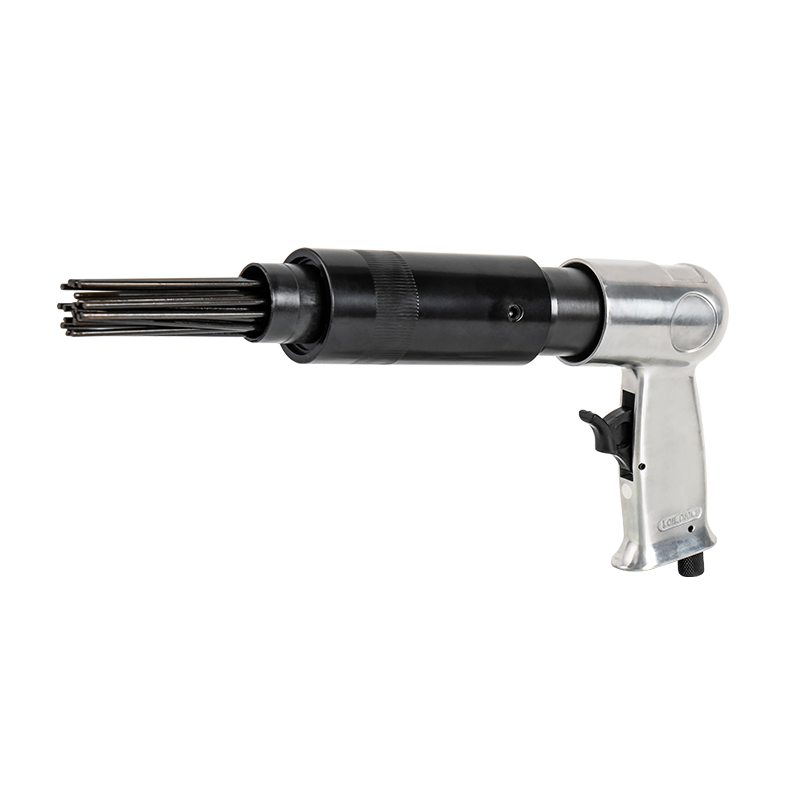
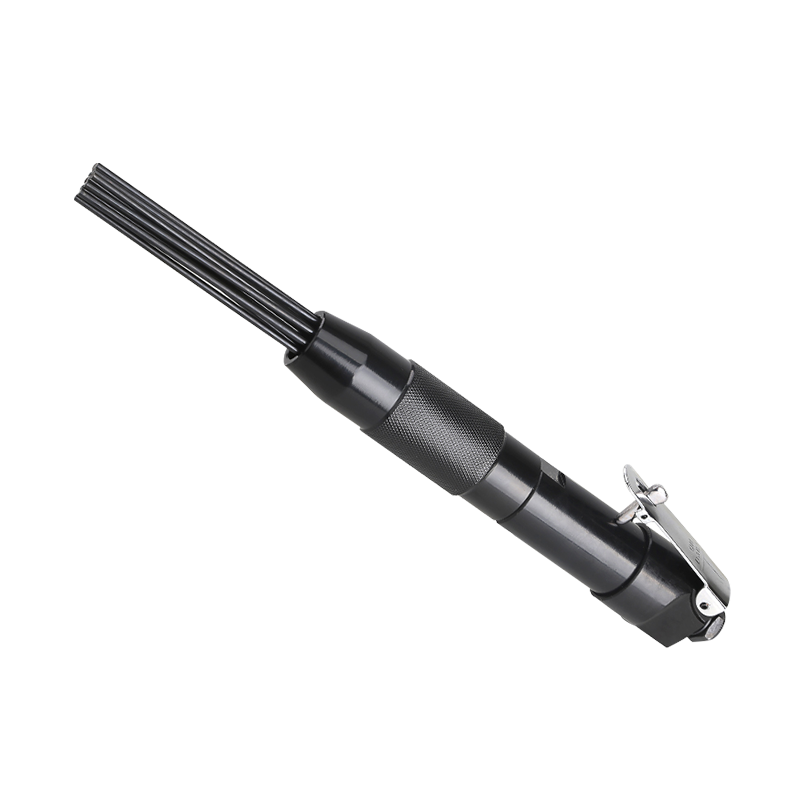
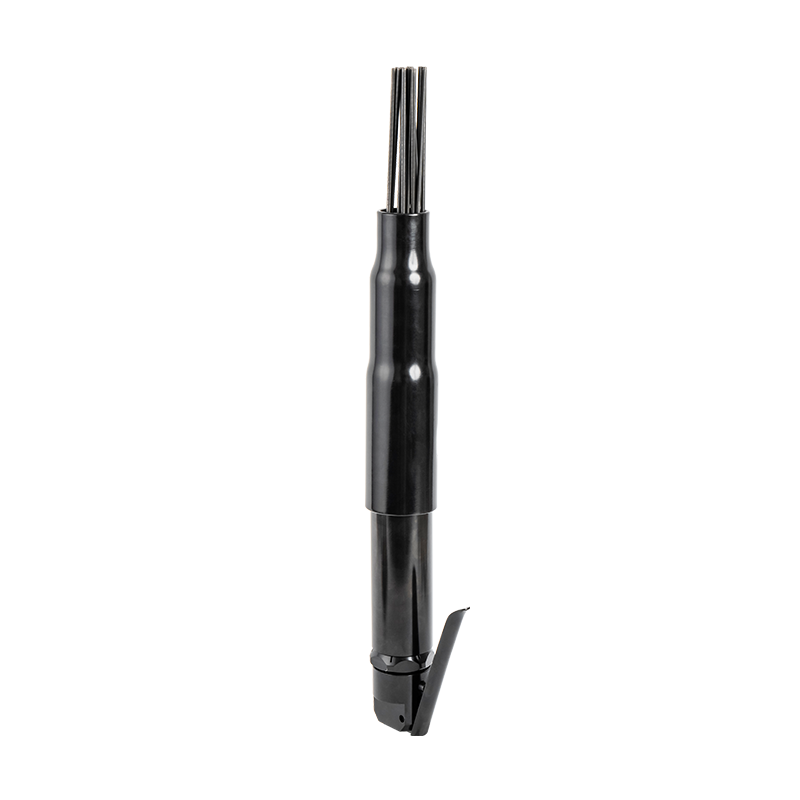
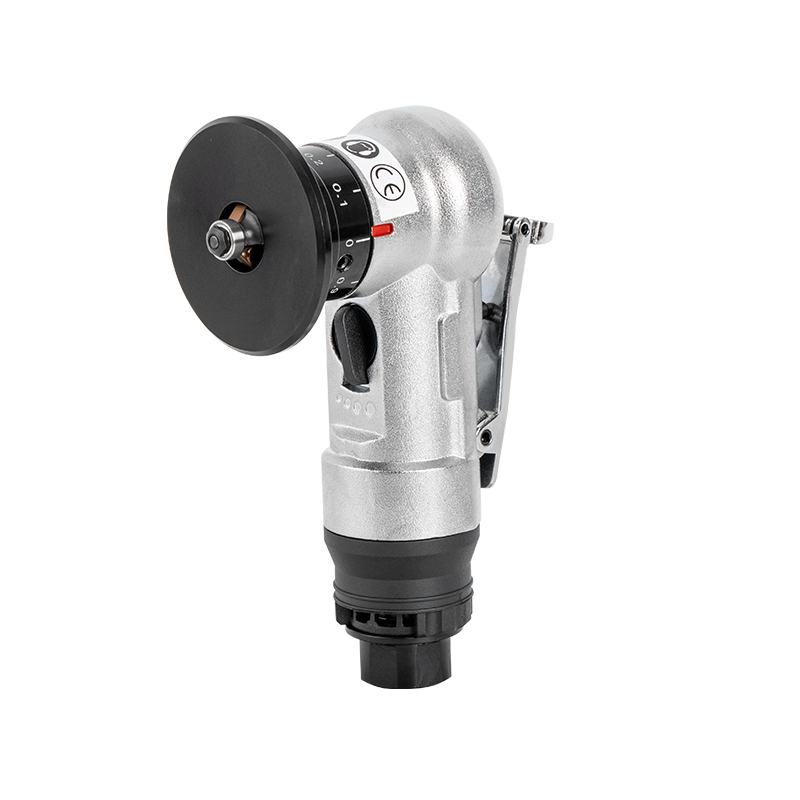
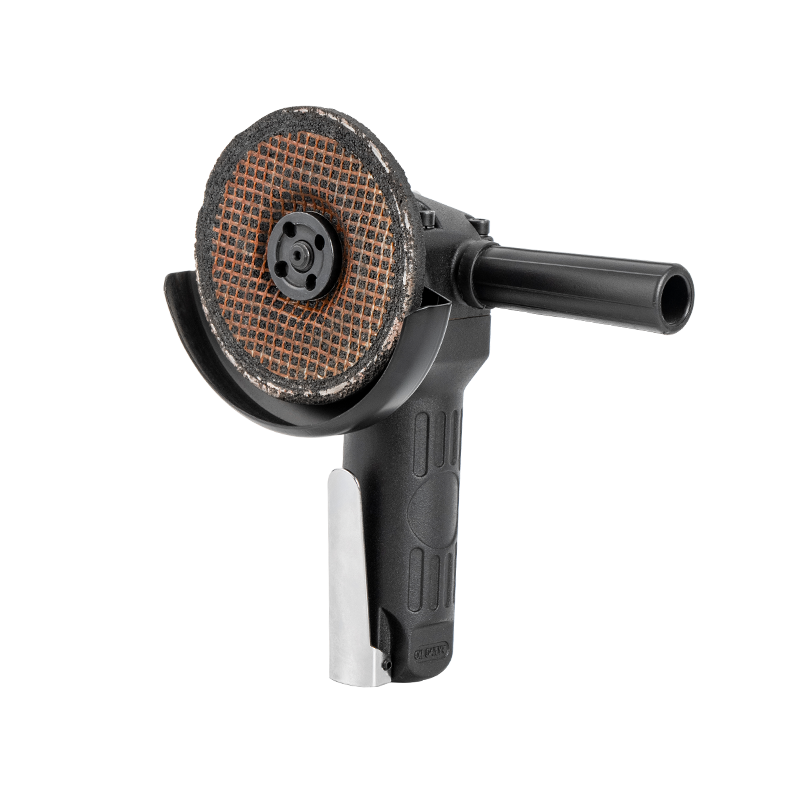
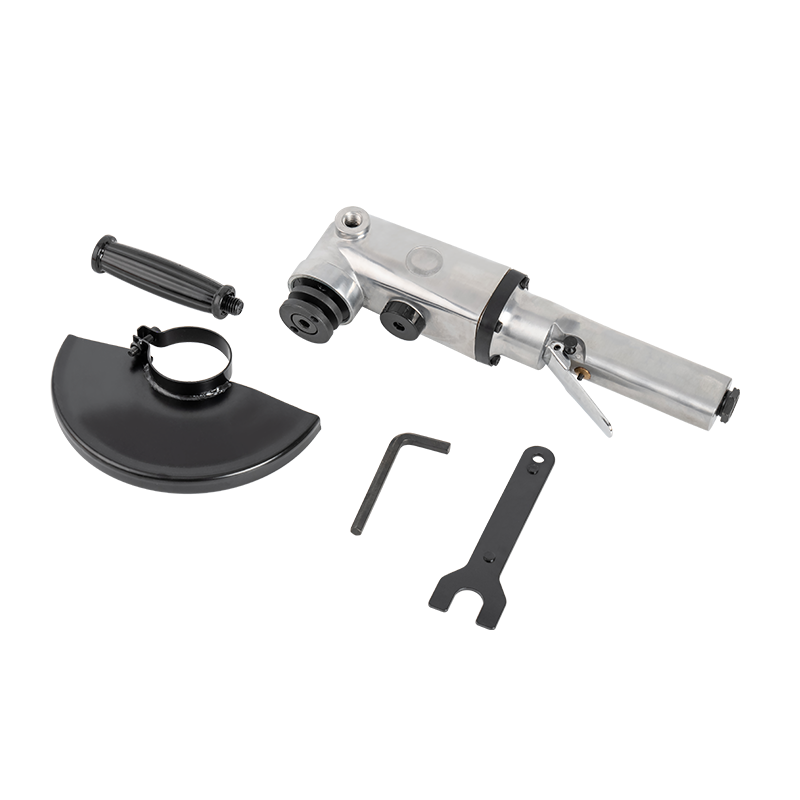
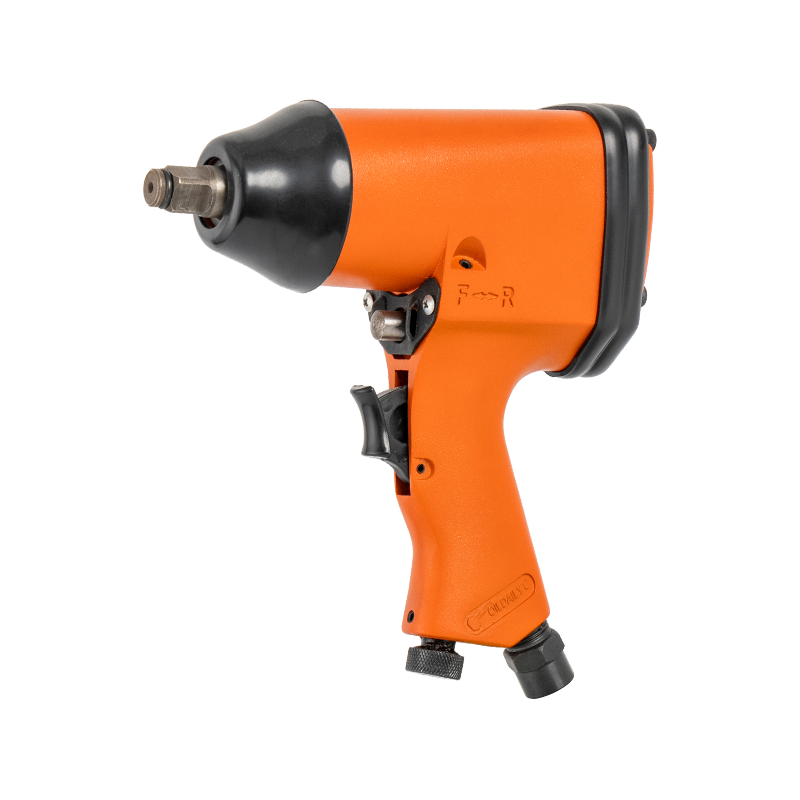
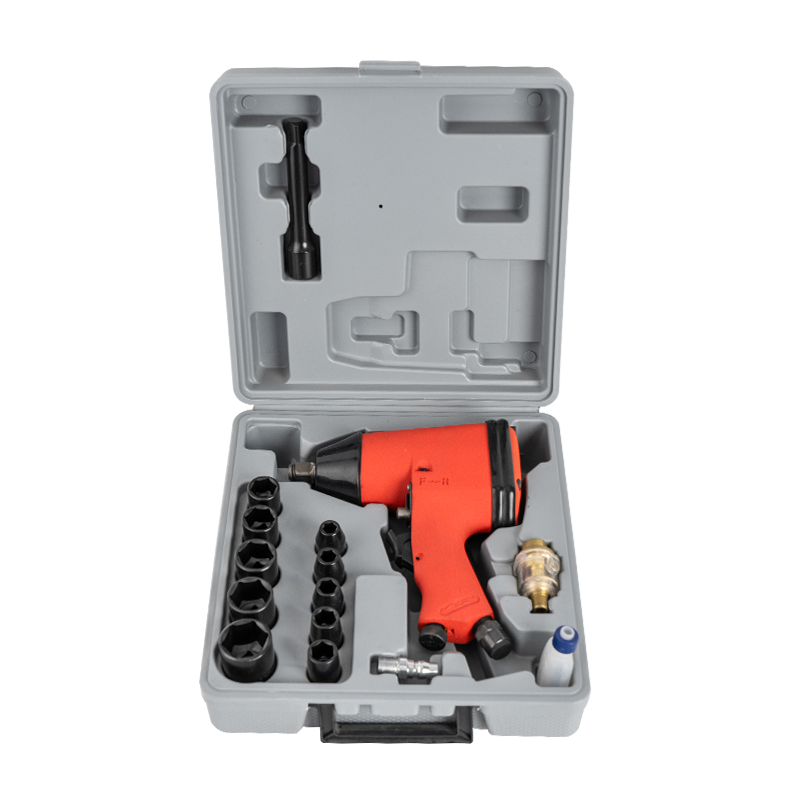
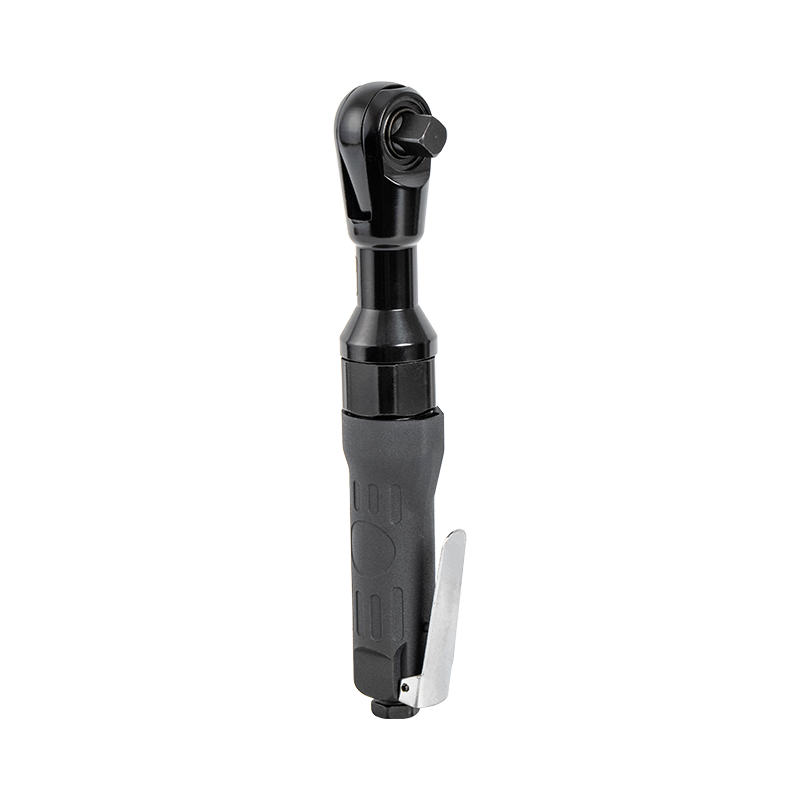
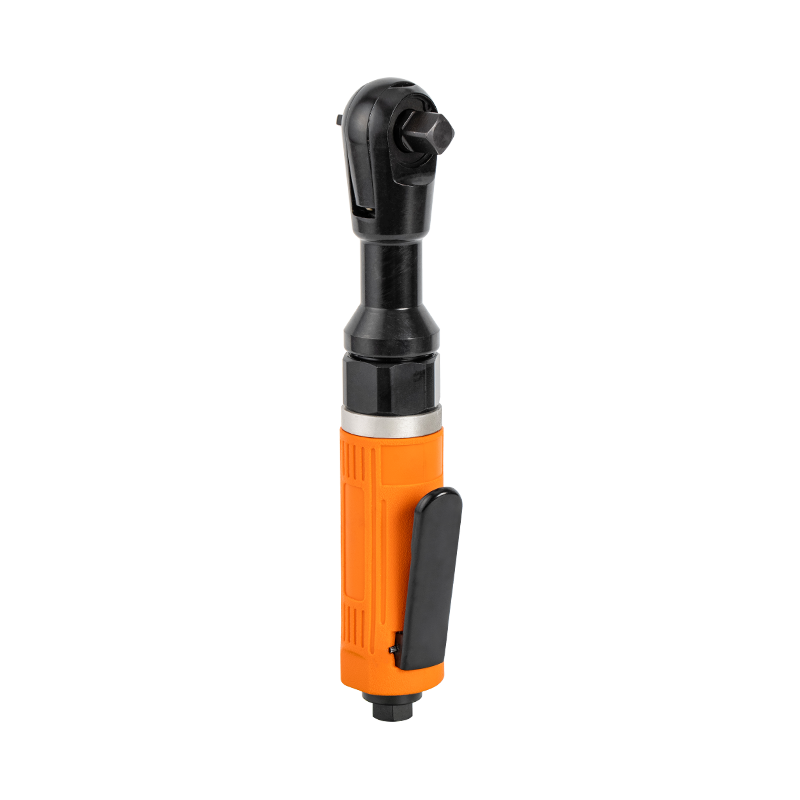
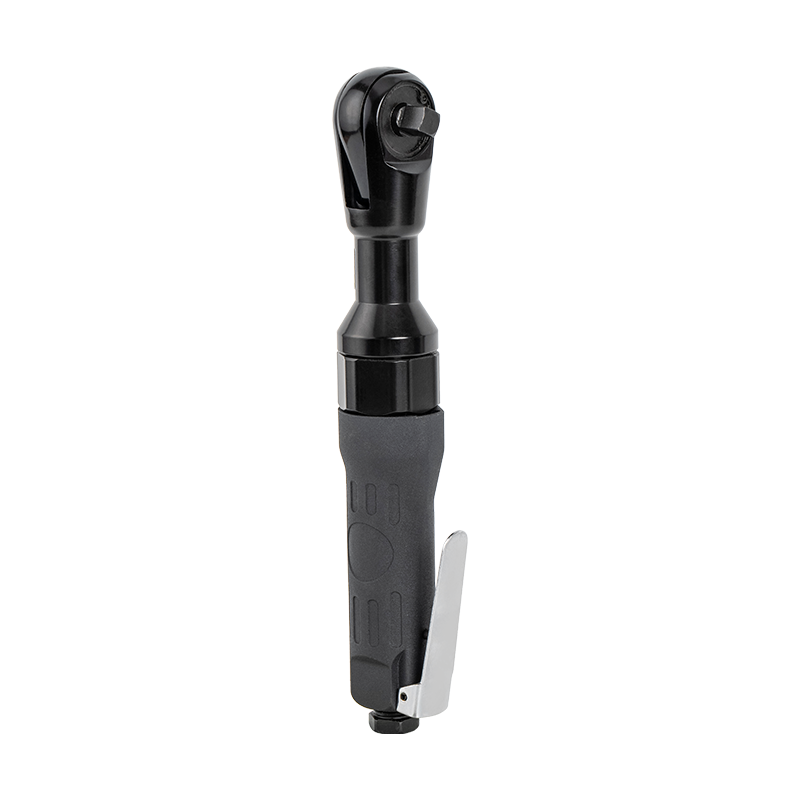
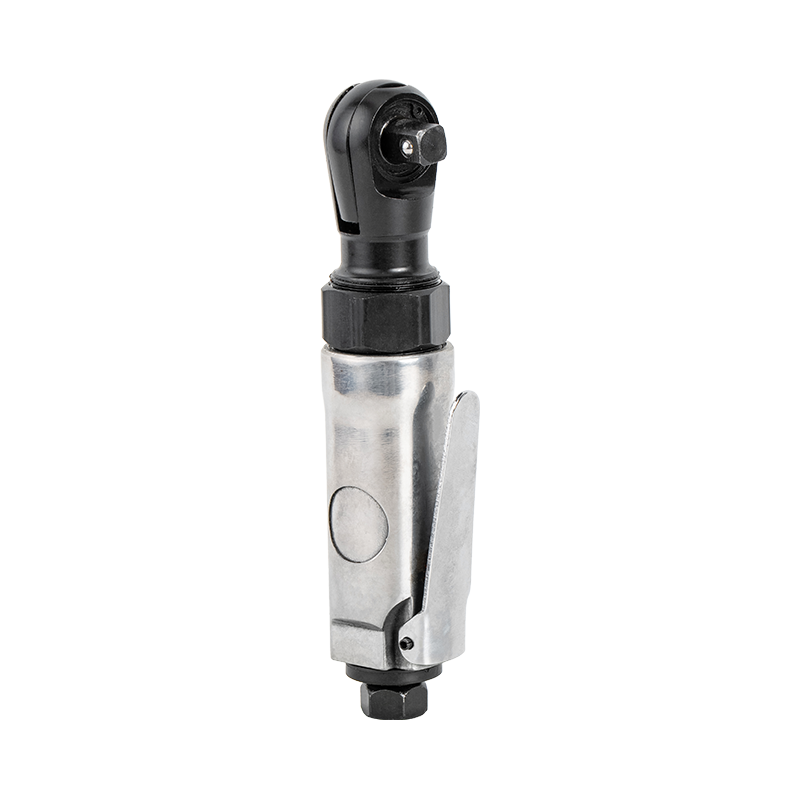
 Address: Jiangbei District Ningbo City in Zhejiang Province by the Keli industrial ParkL Building 15th
Address: Jiangbei District Ningbo City in Zhejiang Province by the Keli industrial ParkL Building 15th Phone: +86-139 0668 0779
Phone: +86-139 0668 0779 Tel: +86-139 0668 0779
Tel: +86-139 0668 0779 Fax: +86-139 0668 0779
Fax: +86-139 0668 0779 E-mail:
E-mail:

